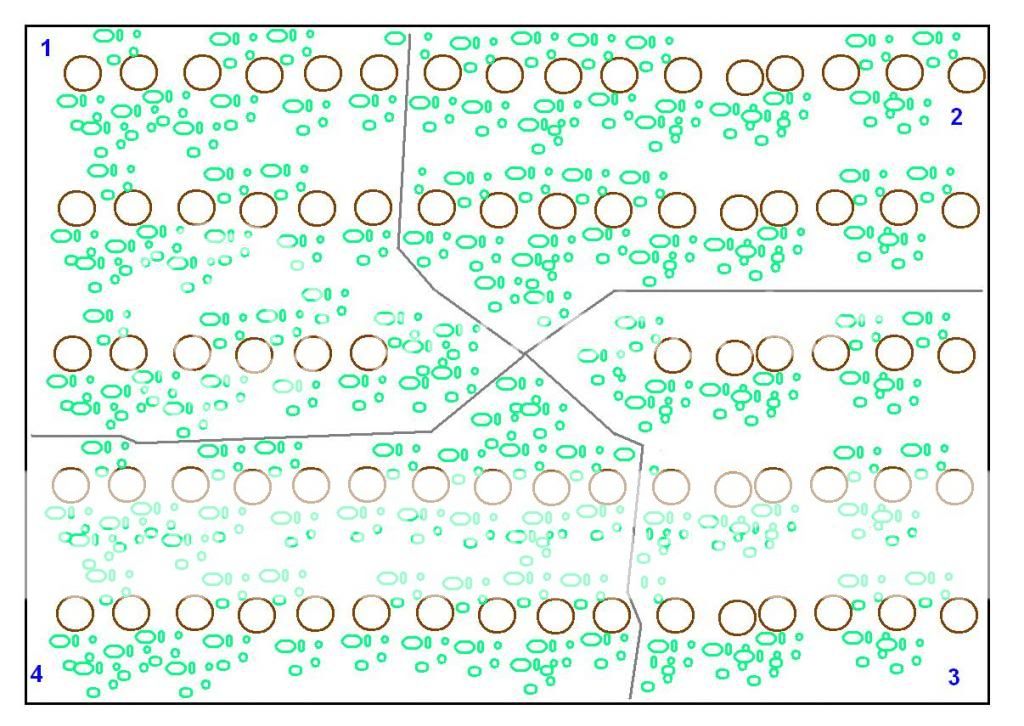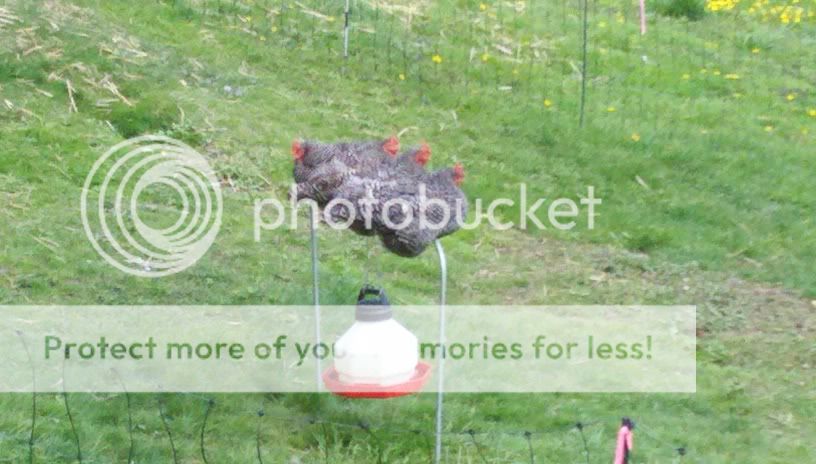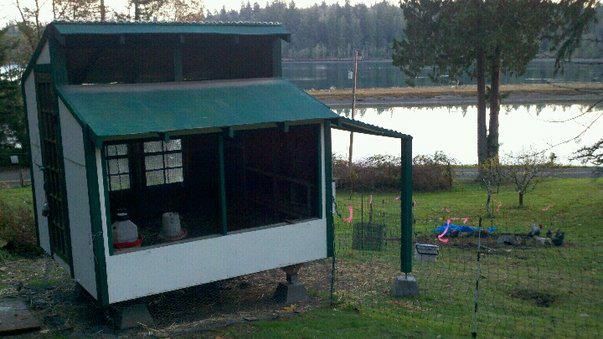


The Humble Soapnut - A Guide to the Laundry Detergent that Grows on Trees ebook by Kathryn Ossing
will be released to subscribers in:
soon!







Kevin MacBearach wrote:Yes, I'm so done with the "free-range" chicken set-up, or more correctly, no set-up. It's really taken a toll on my pasture.
So was there any consensus of whether having a wire mesh bottom was bad for their feet? I was think about laying some light Douglas Fir branches over the mesh so as to catch some poop, protect their feet, and keep down any harmful orders. Is anyone using fir needles for mulching the bottom of their coops?
I think wire mesh being bad for their feet is a total myth. I have been buiding cages and coops for years, using wire mesh and wire cloth ( http://www.bwire.com/index.html )as the bottom the entire time. Have never had any issures with their feet. I agree wire mesh will not hold feces inside the cage - but isnt that a good thing?




John Polk wrote:
The fencing is not to confine the birds, but rather to exclude the birds.
You do not want them in the annual kitchen garden during the growing season. Fence it off.




New Frontier Permaculture
http://www.facebook.com/NewFrontierPermaculture











My project thread
Agriculture collects solar energy two-dimensionally; but silviculture collects it three dimensionally.




 Thank you for mentioning that.
Thank you for mentioning that.



My project thread
Agriculture collects solar energy two-dimensionally; but silviculture collects it three dimensionally.




Cj Verde wrote:You can have permanent paddocks but it probably doesn't make sense just for chickens. I will be trying it this summer in a cow, sheep, chicken rotation. I think I still need a mobile coop.for them to roost & lay eggs in.

 1
1




 2
2







My project thread
Agriculture collects solar energy two-dimensionally; but silviculture collects it three dimensionally.
 1
1










Cliff (Start a rEVOLution, grow a garden)
 1
1




Clifford Reinke wrote:I've been using a chicken paddock system with a fixed coop for about two years now. As you can see I do not have a problem with the grass and other vegetation keeping up.

My project thread
Agriculture collects solar energy two-dimensionally; but silviculture collects it three dimensionally.




Cliff (Start a rEVOLution, grow a garden)





My project thread
Agriculture collects solar energy two-dimensionally; but silviculture collects it three dimensionally.








My project thread
Agriculture collects solar energy two-dimensionally; but silviculture collects it three dimensionally.












My project thread
Agriculture collects solar energy two-dimensionally; but silviculture collects it three dimensionally.








My project thread
Agriculture collects solar energy two-dimensionally; but silviculture collects it three dimensionally.





My project thread
Agriculture collects solar energy two-dimensionally; but silviculture collects it three dimensionally.




Highland Creamery, micro-dairy & family farm.
https://www.facebook.com/home.php#!/highlandcreamery




My project thread
Agriculture collects solar energy two-dimensionally; but silviculture collects it three dimensionally.




Highland Creamery, micro-dairy & family farm.
https://www.facebook.com/home.php#!/highlandcreamery




 1
1








Highland Creamery, micro-dairy & family farm.
https://www.facebook.com/home.php#!/highlandcreamery






Ask me about food.
How Permies.com Works (lots of useful links)







My project thread
Agriculture collects solar energy two-dimensionally; but silviculture collects it three dimensionally.
 1
1












Alison Kouzmanoff wrote:I don’t know when or where wild bugs will emerge but the chickens will figure it out. Isn’t it to my benefit as well as the chickens to let them roam at will?
My project thread
Agriculture collects solar energy two-dimensionally; but silviculture collects it three dimensionally.




Best luck: satisfaction
Greatest curse, greed




Freakin' hippies and Squares, since 1986




 2
2




Best luck: satisfaction
Greatest curse, greed




 You bring up excellent points. Many of which I have attempted to communicate to my parents. I've helped them raise Delawares; and now Austrolorps. However; my two jobs leave me very little time to be directly involved nowadays.
You bring up excellent points. Many of which I have attempted to communicate to my parents. I've helped them raise Delawares; and now Austrolorps. However; my two jobs leave me very little time to be directly involved nowadays.




Best luck: satisfaction
Greatest curse, greed





|
incandescent light gives off an efficient form of heat. You must be THIS smart to ride this ride. Tiny ad:
the permaculture bootcamp in winter (plus half-assed holidays)
https://permies.com/t/149839/permaculture-projects/permaculture-bootcamp-winter-assed-holidays
|




